📷 Headline Photo by Keith Denley
📸 Other Photos by Emilio Cuilan
Anyone who has been following QS for a while doesn’t need any intro to Hjalte — a QS favorite since forever ago. On the tail end of the Danish winter, we had a chance to get him on the phone to discuss what he’s been up to, and a number of recent life changes.
What’s a typical winter day for a pro skater in Copenhagen?
I wake up pretty early, and take my two kids to kindergarten. Then I go to the gym — but I don’t know if you should put that in there. That’s secret. Then I go skate or go to the Dancer shop.
Why is the gym a secret?
It’s not secret, but it’s kind of wack with all these skaters talking about hitting the gym all the time. I guess you have to do that when you become my age. It’s insane how much of a difference it makes: less sore, you get hurt less, and it’s way more fun to skate if you have more power.
Do you lift weights? What are you doing in there?
I train with the Danish Olympic Skateboard Team. They let me train with them. It’s not really weights — everything is with your own body weight, like push-ups and squats. It’s a lot of stretching. They do the machines every Friday, but I always skip Fridays. I’d be way too buff if I started working out on the machines.
There’s a physio guy connected to the gym, and Nike covers him helping me. If I have an injury, he gives me the exercises to make it go away faster. All the old vert skaters are going there, all the old contest guys.
How old are you now?
I’m 36.
Do you remember when you first started getting sponsored?
I remember when I started getting Vans shoes a really long time ago. They sponsored my whole crew, and I was the guy that no one cared about. I got the shoes because the other guys got the shoes. You know how Asics hooked up that whole New York crew? That’s what it was like for us.
When did you become the guy that sponsors cared about?
That was way later. I don’t know what year it was. Polar is twelve years old and it was before Polar. I was on flow with distros until then. It was maybe 14 years ago that I started getting flow from Carhartt, and that was my first real sponsor. I was on the Euro team.
Copenhagen up until that point was definitely a smaller skate city in terms of international visibility. You didn’t hear about it the way you did with Barcelona, Paris or London. What’s it like seeing it blow up having lived there through the before and after?
I don’t know if you remember, but we used to have those Scandinavian Open contests way back. They were inside a huge venue in the middle of the city. After that, it was dead until Copenhagen Open started going. Then, it was Polar, and everything began to blow up and people started coming here. I think it’s nice that people are more aware of the city and it has been getting so much nicer for skating as I’ve gotten older. Back in the day, it was just cobblestones everywhere, and now they’re building all these new plazas.
The whole Magenta, Palace, Polar movement gave Europe a lot of attention with their videos, along with YouTube getting bigger. People started to know where they were going because they’d seen it on the internet. I also think people started getting over Barcelona footage.
But the first Copenhagen Open really got it going. They’d bring out so many pro skaters, and all of them loved being here. You can drink on the streets, bike around, the city is so nice — and people started to be like, “Whoa, why haven’t I been here before?”
Is there a difference between the generations of skaters in the city who have grown up with Copenhagen being a bigger skate city and those in yours’ who had that come along later?
The new generation is — maybe I’m wrong — way more skatepark vibes. Everyone knows how to skate a skatepark. When I grew up, you could be crazy good at skating, but still couldn’t axle stall a quarter pipe. That still exists in Paris, actually. Some of those dudes can’t skate a quarterpipe, but they’re filming the sickest video parts.
But that’s because we got all these new skateparks now. They became the new meet-up points. Everyone knows how to skate everything. It’s not unusual anymore that somebody could backside air on a vert ramp and flip back tail a ledge.
Can you talk about some of the spot politics in Copenhagen? There’s a lot of spots that tourists film at that the locals don’t ever go to. What is the distinction between something being valid to film at and not?
When Copenhagen Open has a contest at a street spot, it kind of becomes dead to me. That’s one thing that isn’t as good about the contest: you don’t want to do anything at those spots anymore because they’ve been destroyed. Going there after reminds me too much of contest skating: people drinking beer and nollie flip noseslide triple flip outs. Obviously there are so many good things about the contest as well.
Except Jarmers. That spot will always still be a go.
Has your process of filming at home changed at all since it has gotten so big with visiting skaters? It’s a small city in general.
I’ve definitely started going out a bit more. You have to move out of the center to find your stuff. But also, it’s like everywhere else: you can always find a new angle or go around the corner. You can still get lucky with spots in the suburbs, but not in the city. That’s one thing that’s great about Paris, New York and London — you can get really deep with the lurking.
Is it easier to get footage when you’re traveling?
I’m way better at getting footage in my own city because I can prepare better. As you get older, I find it harder to film spontaneous stuff. Now, I find the spot, practice the trick, and then go and do it. Before, you’d just be on the road and film whatever.
I’ve never really been hyped on my footy from trips. I always like my footage at home more than anywhere else.
Damn, you don’t like your “Looks OK To Me” footage?!
I like that footage, but Ben and Bobby really pushed me to get good stuff. Plus, on those trips, we had time to get into the spots and skate the same ones for a while. I mean more when you’re on a trip, you find a spot, and have to bust your move on it: usually the same trick you always do. I like my Polar footy because it’s always in Copenhagen and I have time to think out every clip, and try new stuff.
Why did you leave Polar?
I’ve been a bit — not “over” Polar — but I liked the whole Scandi thing we had going on in the beginning. I liked that it was in Malmö. I jumped on the train every weekend, skated with Pontus, and we’d film and edit the footage together. It was a homie thing, you know? Pontus was skating every day, and he was part of the whole operation. I miss that a lot.
I’ve been on Polar for so many years. For me, it’s just too big. I don’t really feel like I fit on the team; it’s completely different from what it was. I put my whole life into the brand for ten years, and it was great — I can’t complain. I just need a fresh start. I’m old, and it was the perfect opportunity to try something else. I’m hyped to build something new. It’s a new adventure.
When Emilio [Cuilan] would first come to Copenhagen with Hardbody, it was the same. We’d go out skating, hang out, watch the footage together, discuss the footage together, plan out what to do with it together. I know Emilio lives in New York, but it has the same vibe to it. I like when you’re filming with the guy who’s going to edit the footage.
I don’t think anyone could’ve guessed that generation of European companies would get so big when they started. If you were a kid who started skating in the past five or six years, you’ve always been around for those companies, but for people a little older, they were such a departure.
That’s why it was sick to get on. It kept getting better and better, and we could do more stuff as it got more successful. We could plan a trip to anywhere and Pontus would back it.
I just didn’t have the personal impact that I had in the beginning. I like being a big part of a brand if I’m on the team. It sounds very egotistical to say “the brand isn’t about me now,” but that’s what I feel a little bit. It doesn’t have to be a bad thing — Polar is just something else now. And there’s new, dope riders on it. It’s time for them to shine. I’ve done my thing for the brand.
So the board sponsor is always the one that you feel your personal impact is most attached to?
For sure. All my best footy always went to Polar. Now, it feels so refreshing to film for a new thing. I needed a new vibe. Hardbody’s vibe fits me perfect. It’s going to be exciting to put my footage into a whole other universe, in a way. Polar has been moving in a direction that isn’t really my vibe for some time now. Or maybe I have been moving in a direction that is less Polar; I’m too old school for Polar [laughs]. Either way, I need something new.
Do you have a favorite memory from the Polar days?
The very beginning, when I’d be living at Pontus’ house for half the week for the first few years. I would go there every weekend, and we would edit together. It was a tiny crew that had fun. If you look at the promos that made Polar first go off — we just filmed each other and fun stuff. It wasn’t crazy hard tricks. Just good vibes and good skating. I actually filmed quite a few of Pontus’ clips in the beginning. I’m not trying to take any credit for those promos — Pontus is crazy good at editing skating.
With Polar, I kept trying to out-do myself in a way, like film better and better stuff — and that’s not a good thing for me necessarily. You want to progress as well, but I got caught in this thing, where whenever I’d give Polar footage, it’d be like: “Ah, it’s not good enough.” Pontus wouldn’t say it like that, but he wanted the best footage out of us, which I fully understand, but I think it’s very important to keep the fun and natural tricks in there. Sometimes with the progression, you lose the vibes.
My last Polar part just felt like a bunch of tricks to me, but then again, that video was never intended to focus on me I guess. But I had a lot of clips I liked that never made the cut.
How did your company Dancer begin?
Street Machine [the onetime main shop in Copenhagen, which closed in 2021] was dying, and Anton [Juul, Hjalte’s business partner] was burned out at his job at Norse Projects. He had all this creativity he didn’t get to use when he was stuck at the shop.
For the people that don’t know, who is Anton?
He’s a skater from Copenhagen, born in Christiana. He was the main street skater dude I looked up to when I was young. I got to know him through the local skateshop, Street Machine. He was taking care of the Street Machine team, graphics, everything — plus a lot of the stuff at this store called Norse. Anton was part of starting [Norse] up. As the Norse brand grew and grew, he ended up just working in the store. In the end, he had enough of working in a store, and wanted to do something different. We started discussing it. He was also working with a guy named Kevin [Choupay] at the store, who knew a lot about brands and clothing, so Anton came up with the name Dancer and the three of us started it.
They ended up getting fired from Norse because we started the brand while they were working there, but I think that’s probably for the better.
Is there a backstory to the name?
Anton was really into Chico Brenes, he skates like he’s dancing on his board. That’s the main reason: skateboarding is like a dance a little bit.
Is it a “skate” company?
It’s a skate company. We sell at skate stores and non-skate stores. We want to be open to being more than a skate company, but it’s obviously rooted in skating. I don’t put too much focus into what it is. A lot of people in skating are like that: “is it even a skate brand?!”
Can you explain to mainly the Americans about how pricing works on products from or to Europe and why a Dancer shirt is more money?
In the U.S., most brands use a basic printable t-shirt. When you wash it, the fit changes and gets pretty rugged really fast. Our t-shirts are made in Portugal in a heavy organic cotton, and it’s our own fit and design. I feel like they get nicer the longer you have them. Also, when Americans buy stuff from Europe the price goes up; the same happens when we buy stuff from America.
How did you meet Emilio from Hardbody?
All those New York dudes — I don’t know how I originally met any of them. It’s always 15 dudes skating together every day. He’d come to Copenhagen pretty often, and eventually we made the Dancer x Hardbody collaboration, and started hanging out more. He started joking around, like, “You should skate for Hardbody,” but I think he says that to everyone.
I know him good, but he’s still mysterious to me.
A degree of mystery is good in skateboarding now.
I like that he doesn’t have an Instagram. It’s like, “what is this thing?” No one does that now. Everything is everywhere, all the time. If you could get people anticipating something or not really knowing where it’s going — I think you have something good.
Pumping out shit on Instagram works; it makes board sales go up. It’s why all the brands have to do it. But I hope he has enough ice in the stomach to keep being mysterious. If you have good video clips, I think you’re fine.
How did Antonio get involved?
In the beginning, I told Emilio I can’t do it by myself, and that he had to get someone else involved. He told me Antonio said the same thing to him.
I texted Antonio being like, “Are you down?”
He responded, “I’m down.”
What was it like skating with Antonio for the first time?
He was a really weird kid, but so sick. He was destroying every single spot. This was maybe 2015, and I was wondering how he was so good, and nobody really knew who he was. It still feels a little bit like that. He doesn’t have a passport, and he doesn’t pick up his phone. I don’t think he uses his iPhone, but that’s dope.
He’s just there to do the switch tres.
That’s his job. Switch tres all day.
You have any plans for 2024?
I’m going to New York a bunch, and I’m working on a Dancer Paris part with Ben Chadourne that I need to finish.
Who’s your favorite Paris skater these days?
K-Rod. Always. I don’t think there will be a more influential skater coming out of Paris anytime soon.


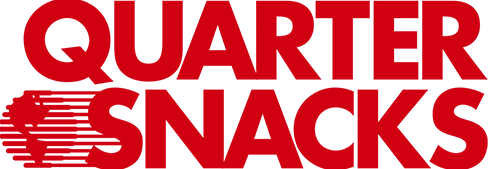
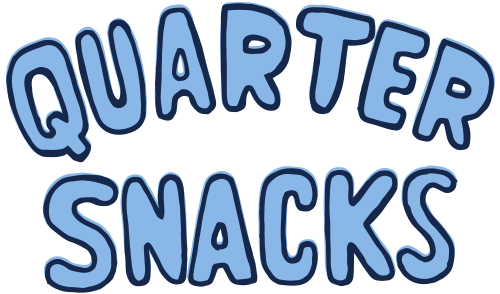
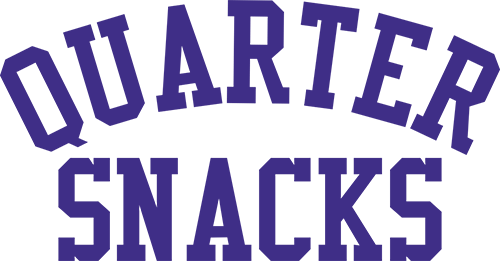

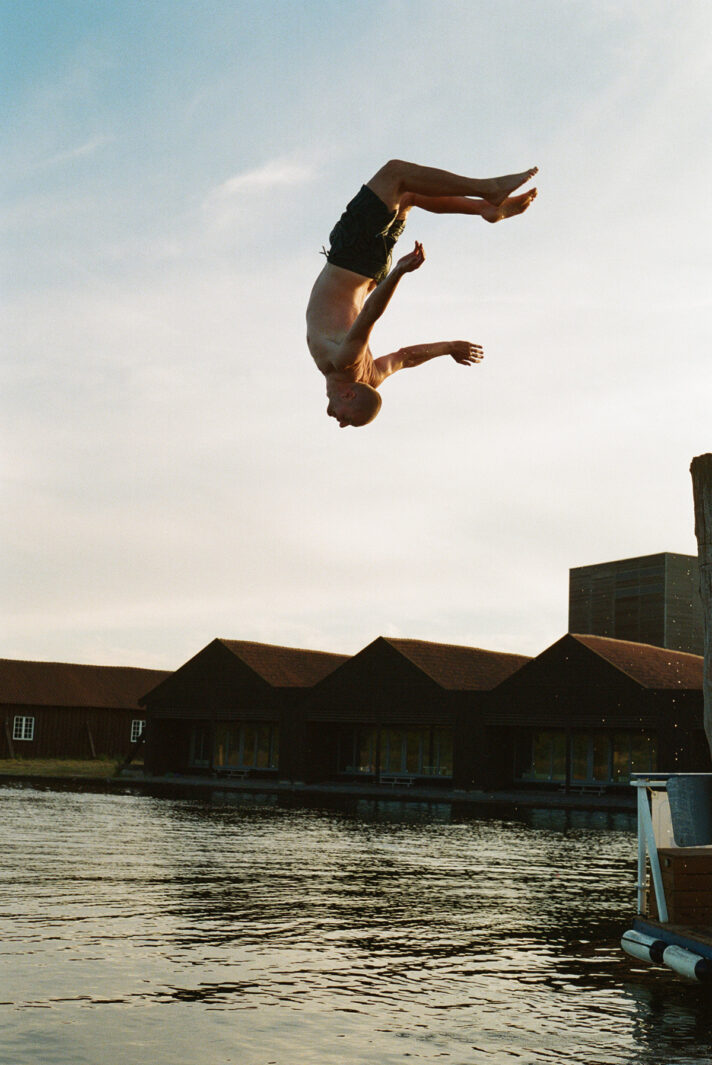
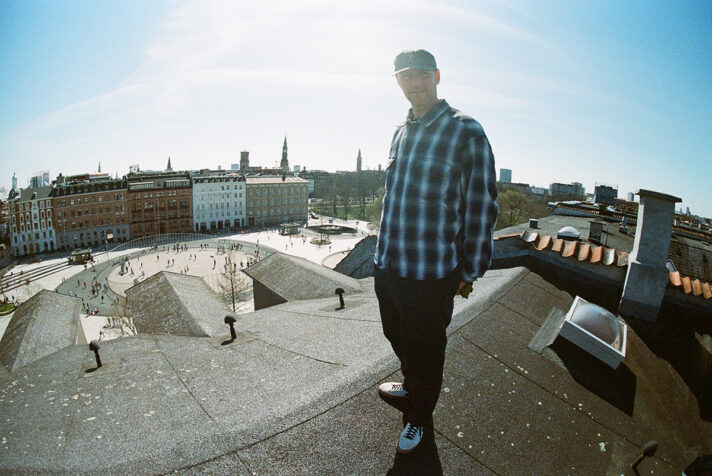
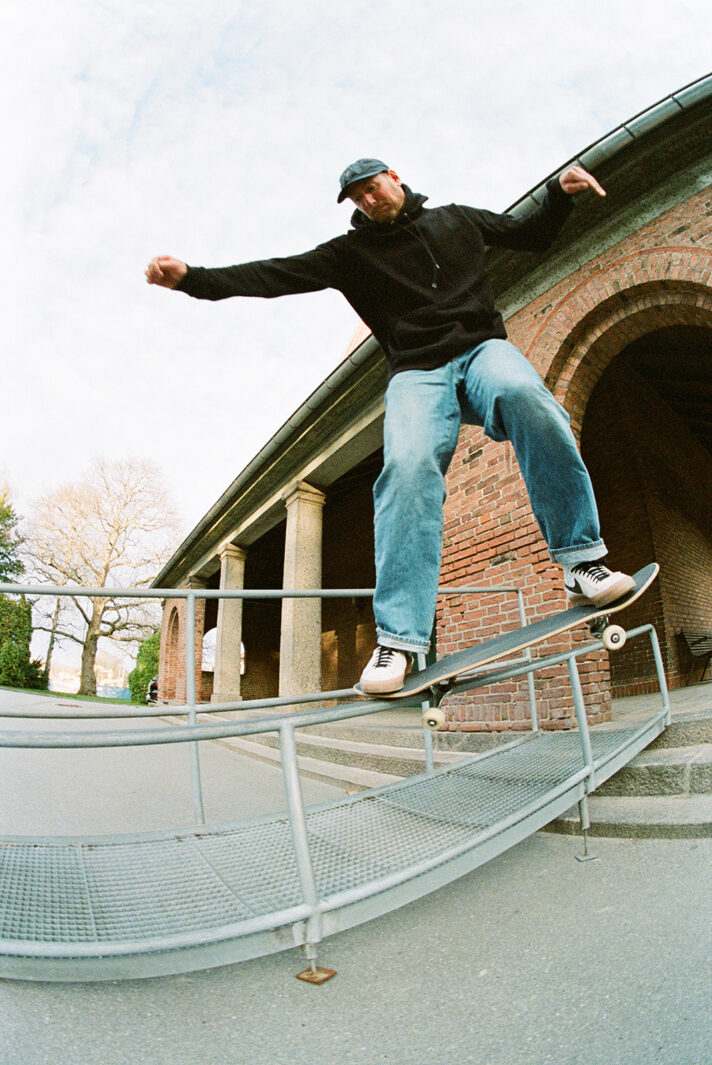
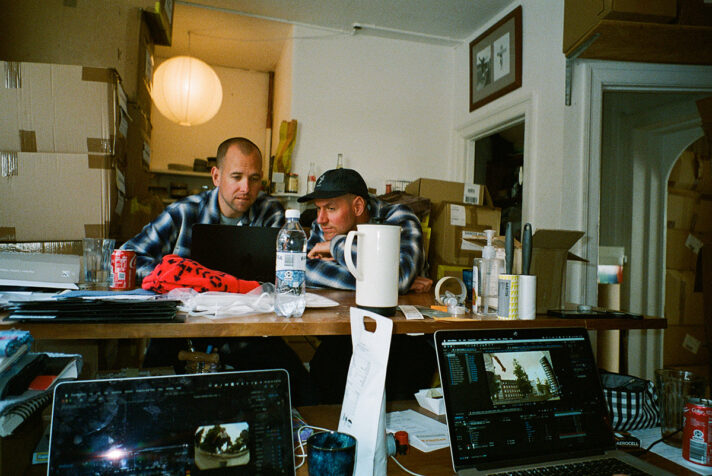
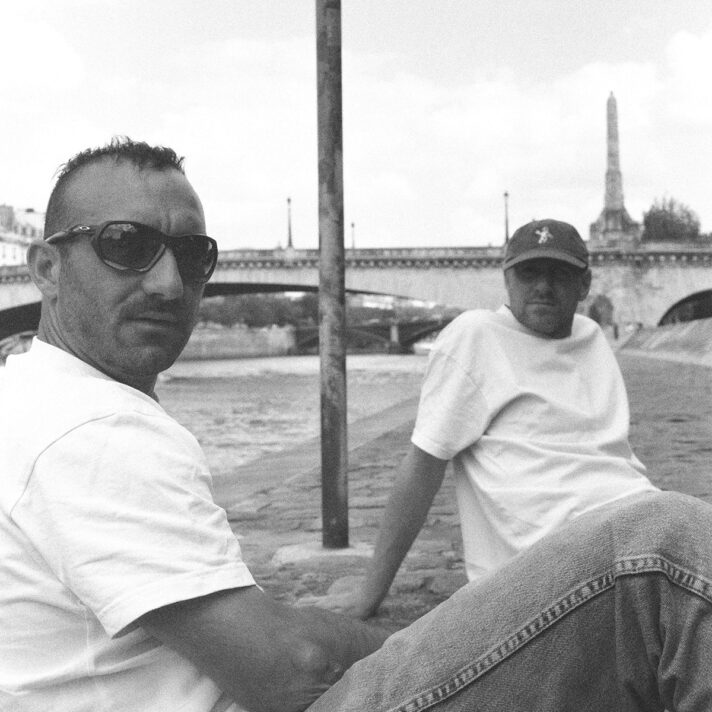
<3 hjalte
Hjalte Hjalte Hjalte!
Noseslider of the year – every year
anybody here knows the name of the video where hjalte skates to princess loko?
The best. Thank you for this.
Grande hjalte
@amish robot
You’re thinking of ‘Hjalte Halberg Video Part’ on Transworld’s YouTube
Hjalte is
Goat. Cant wait to see what he does with Hardbody
came back to read this a second time around, still hits.